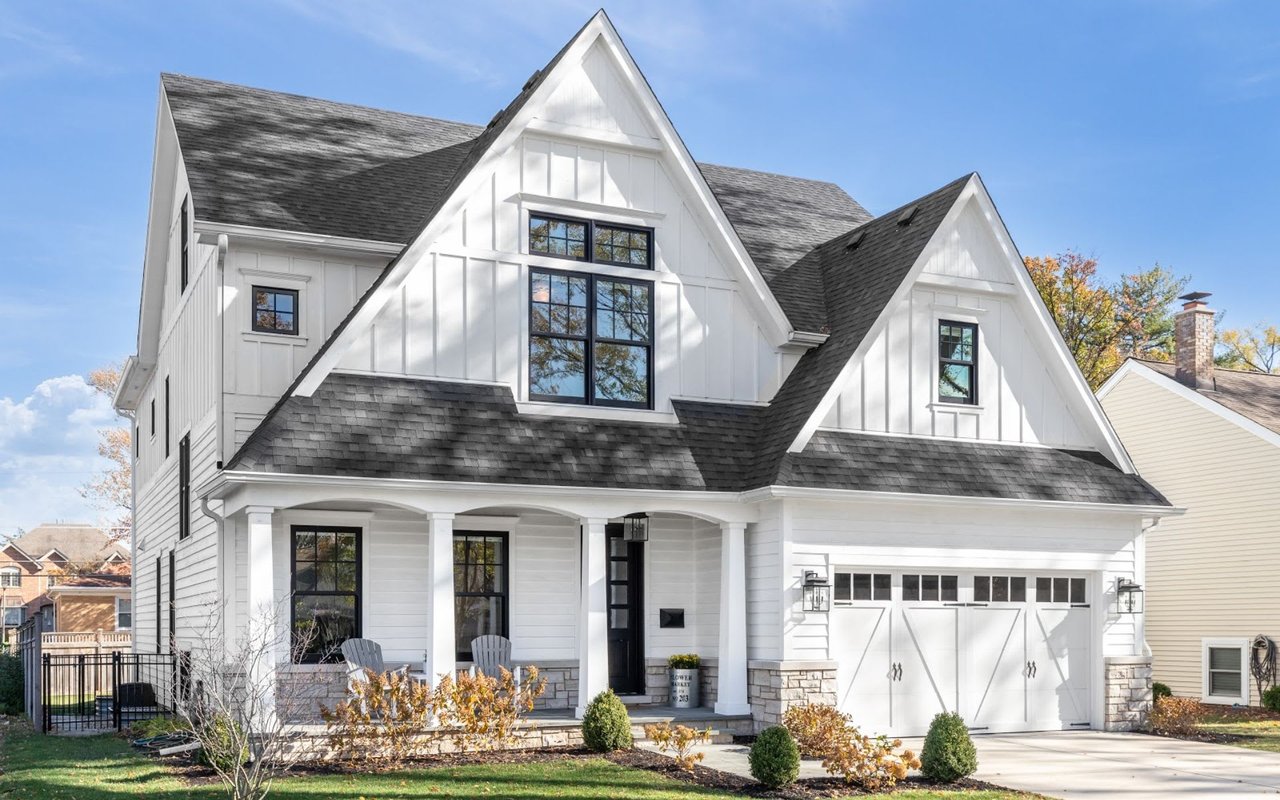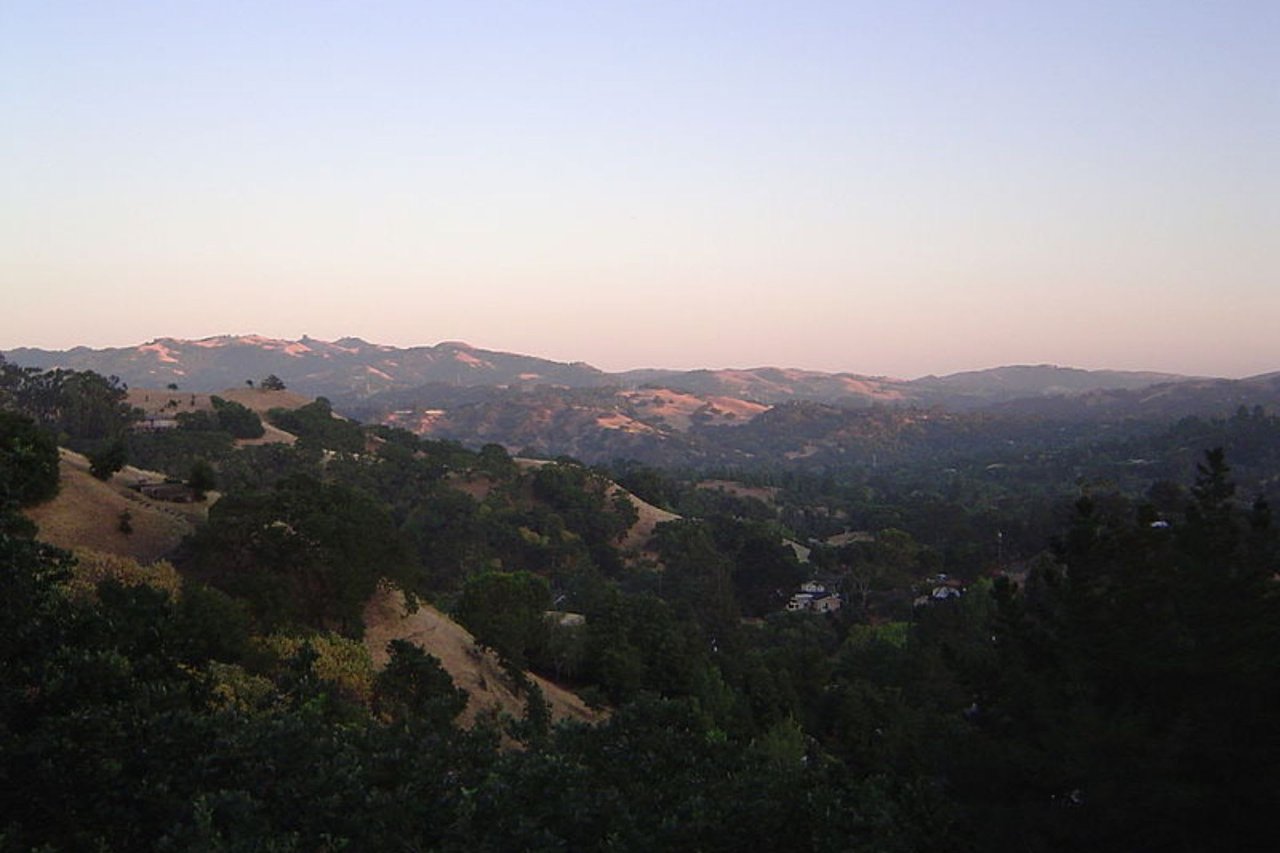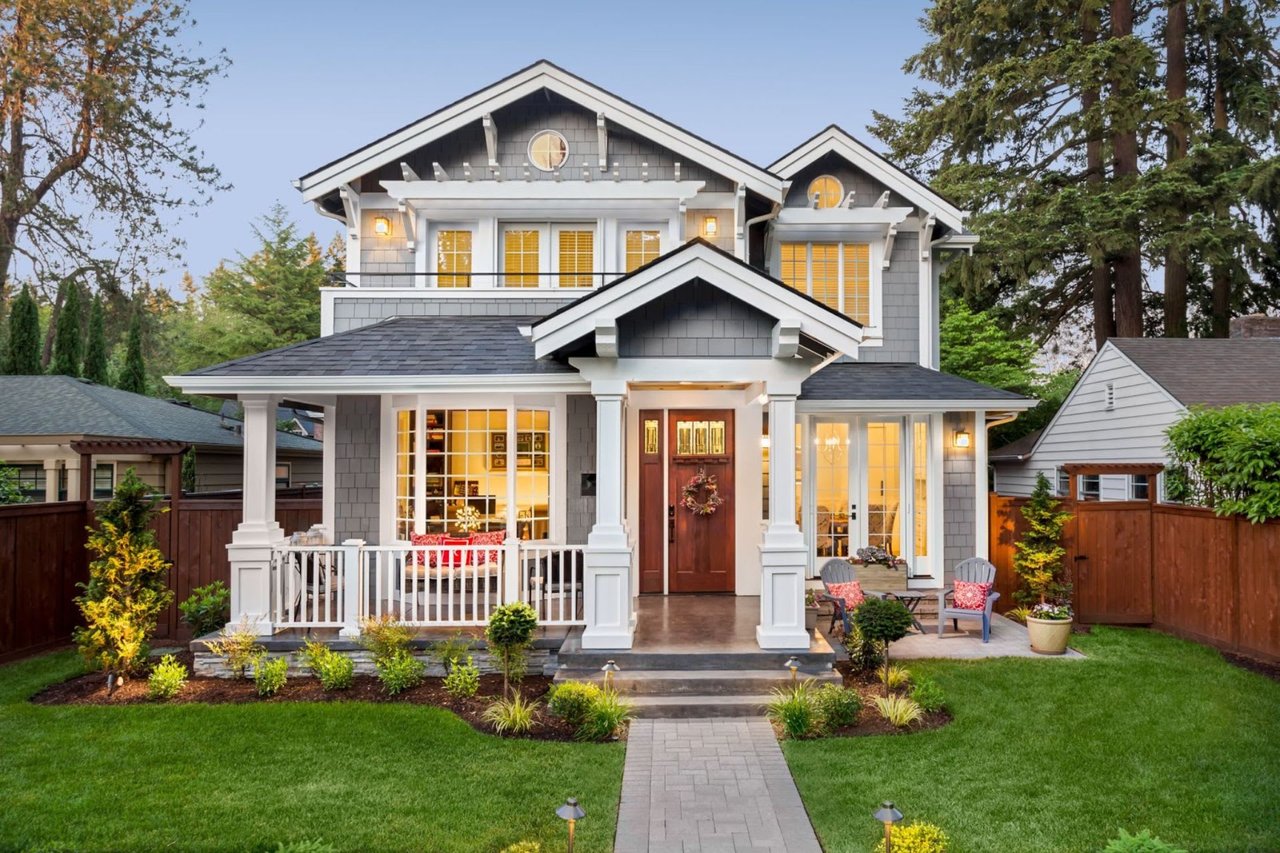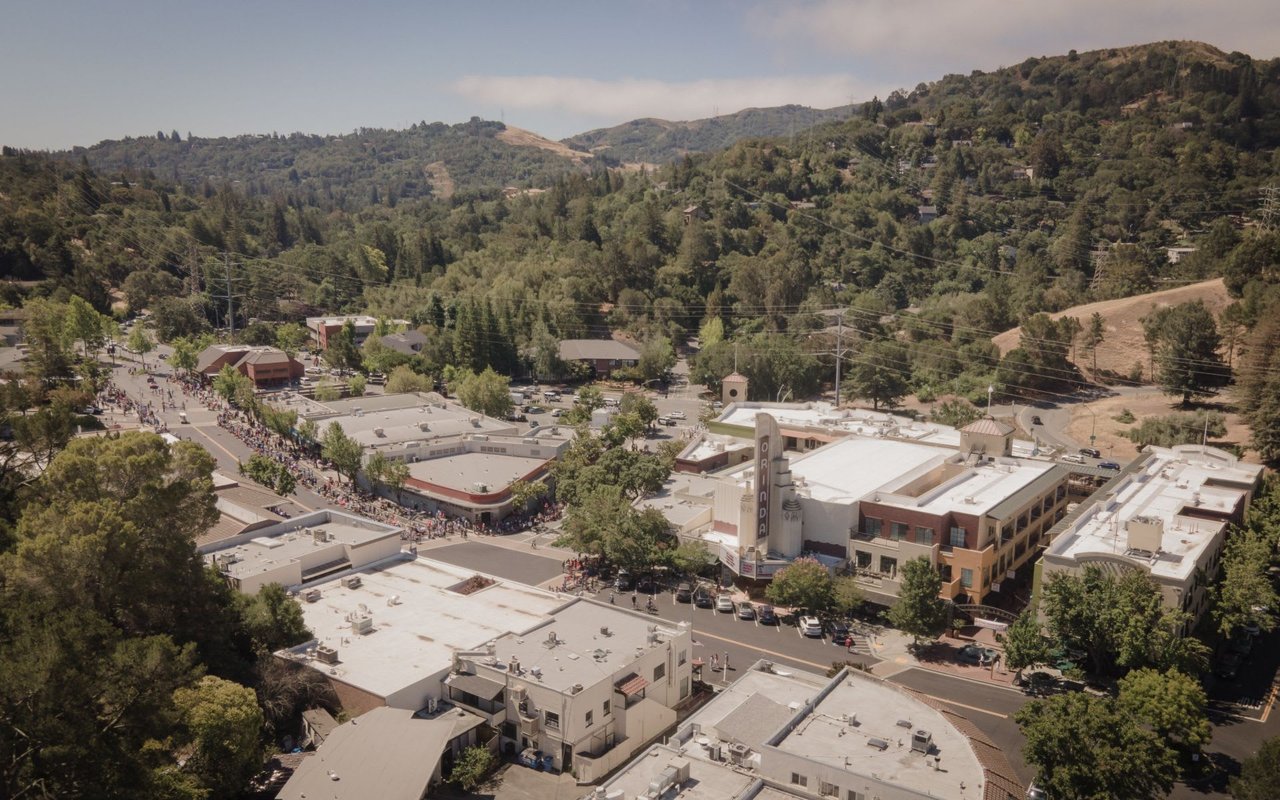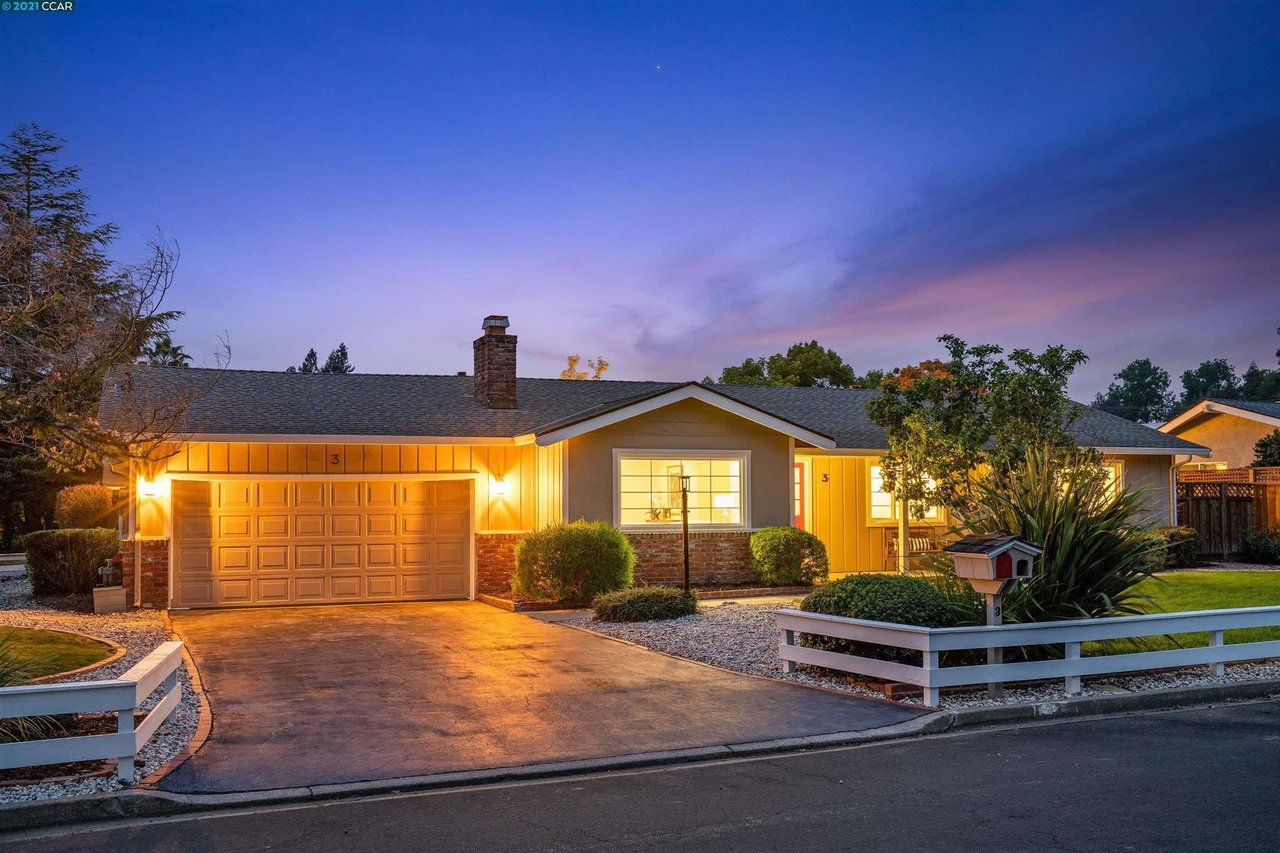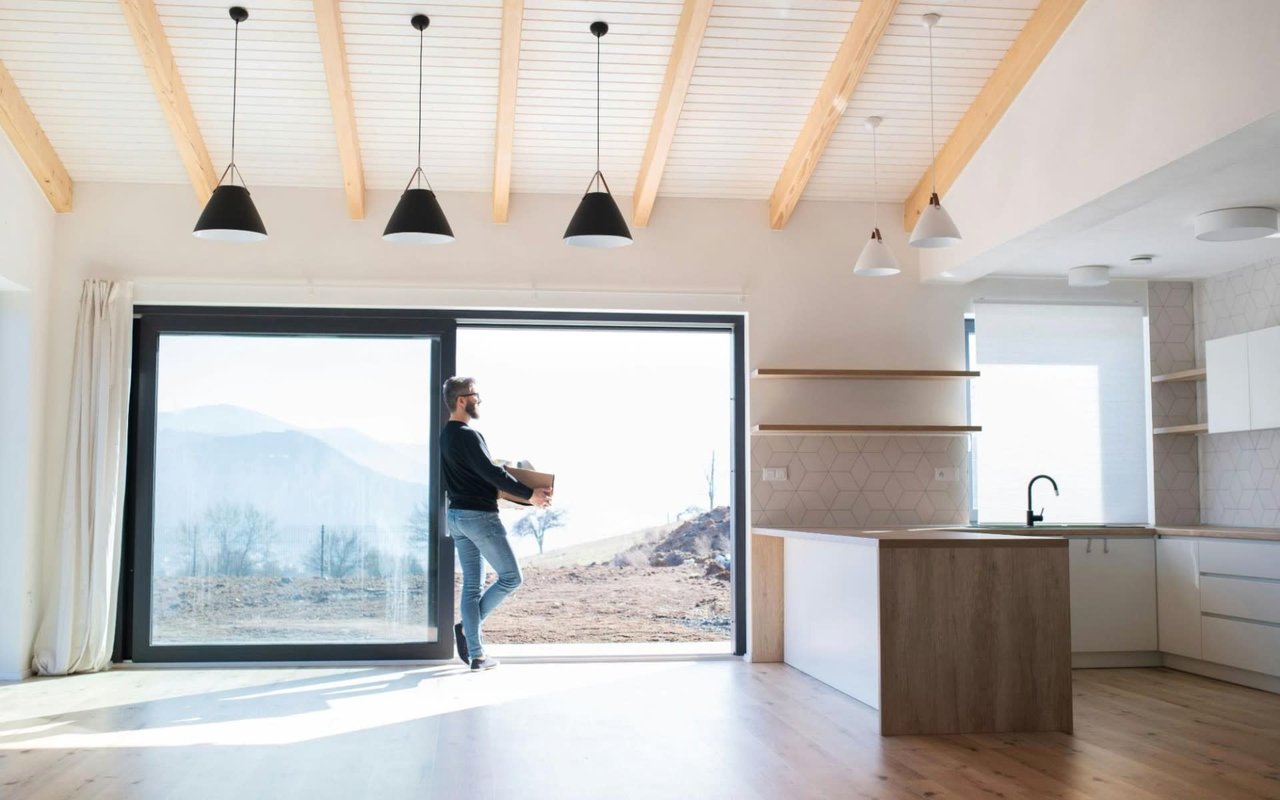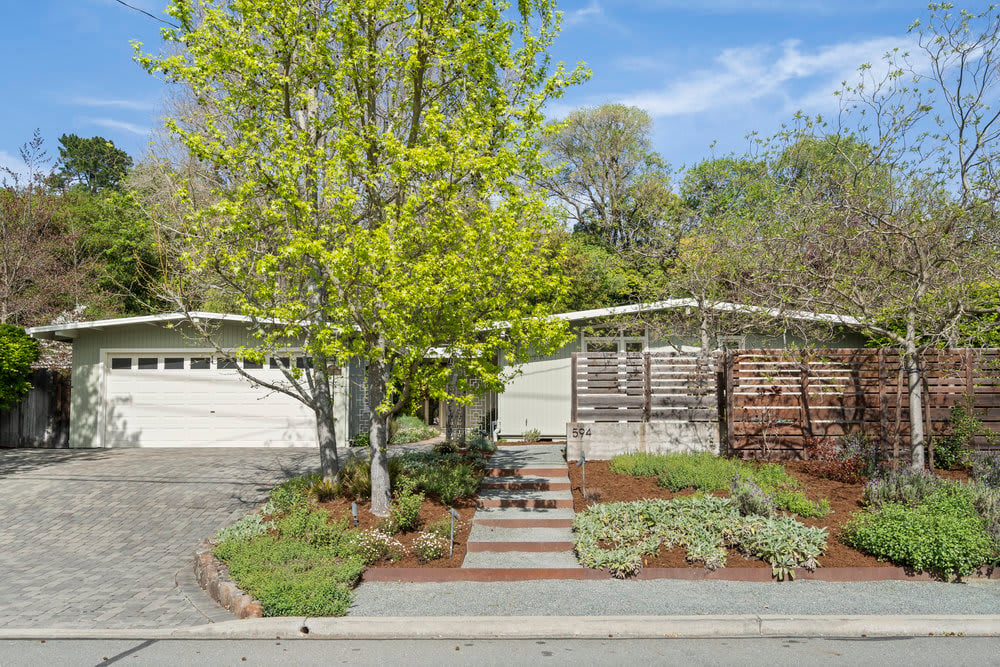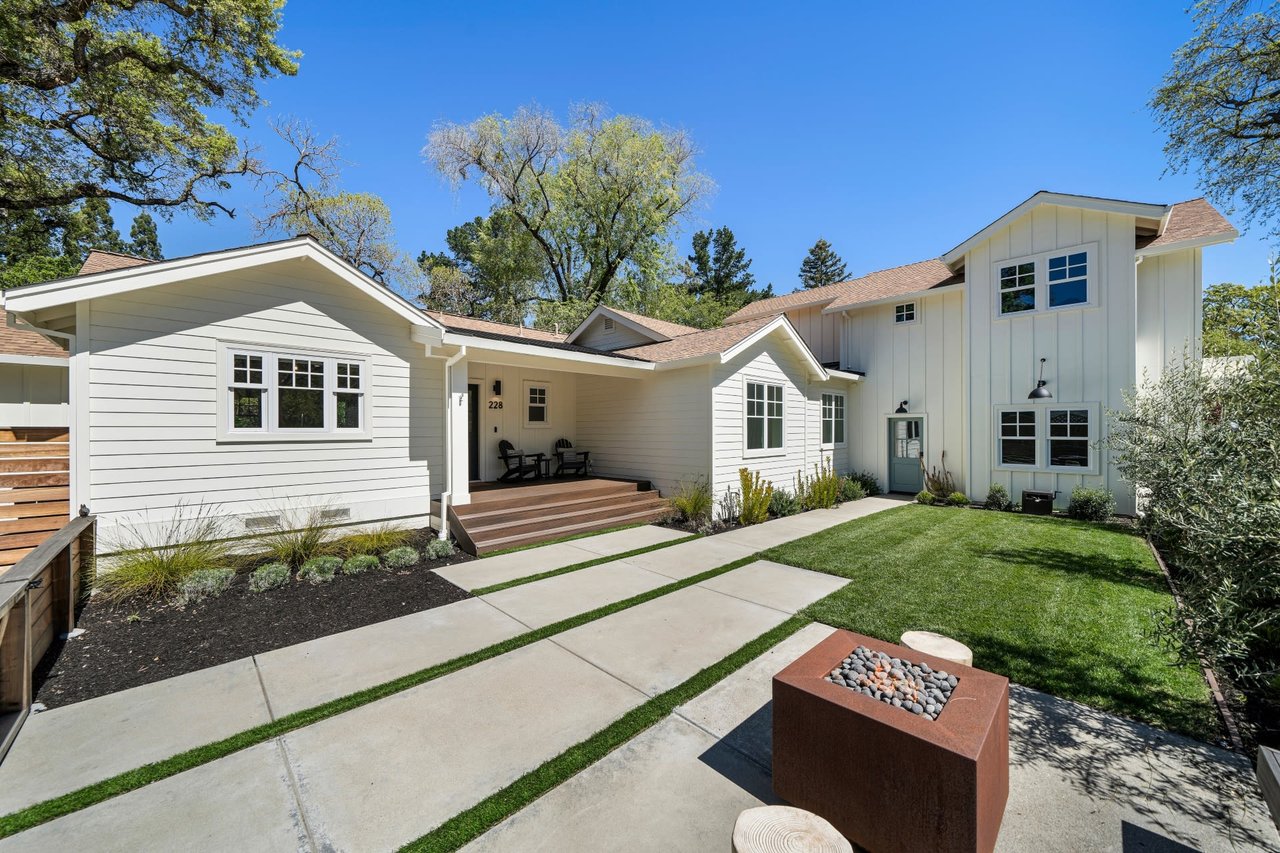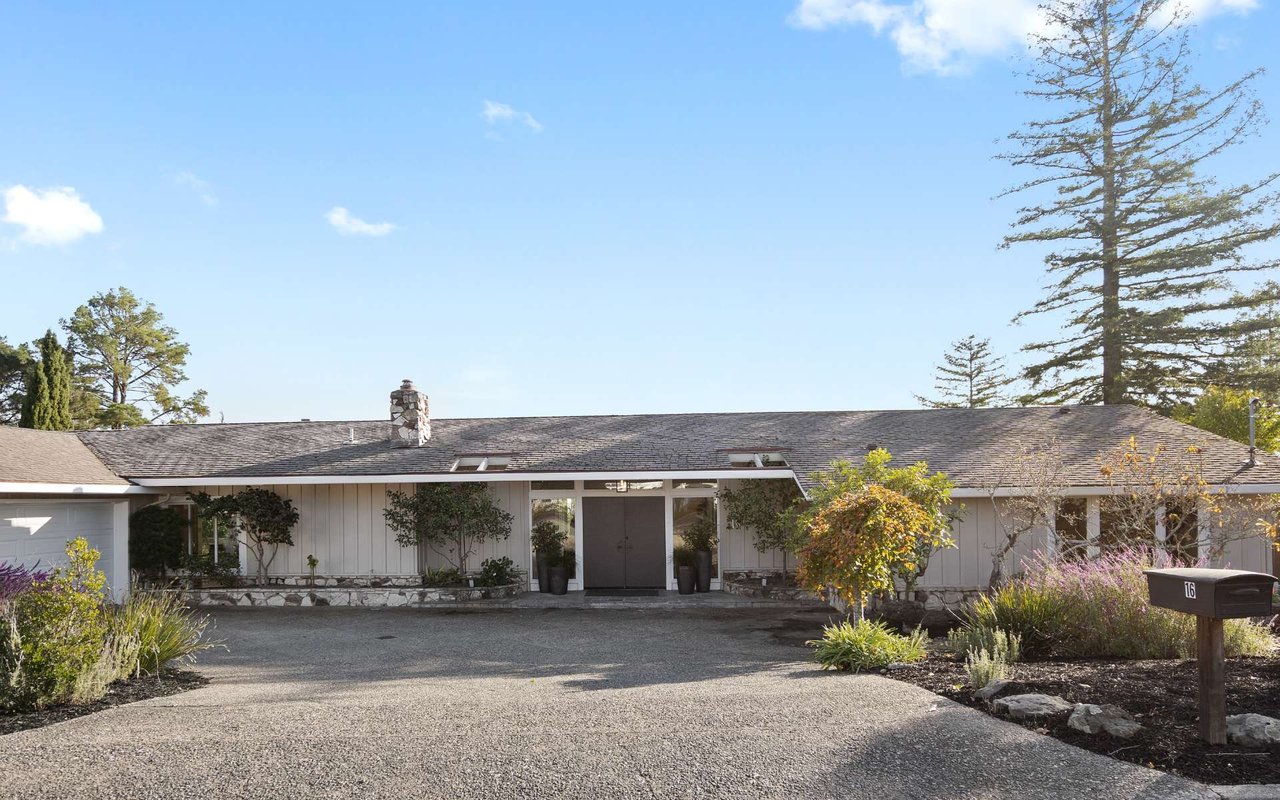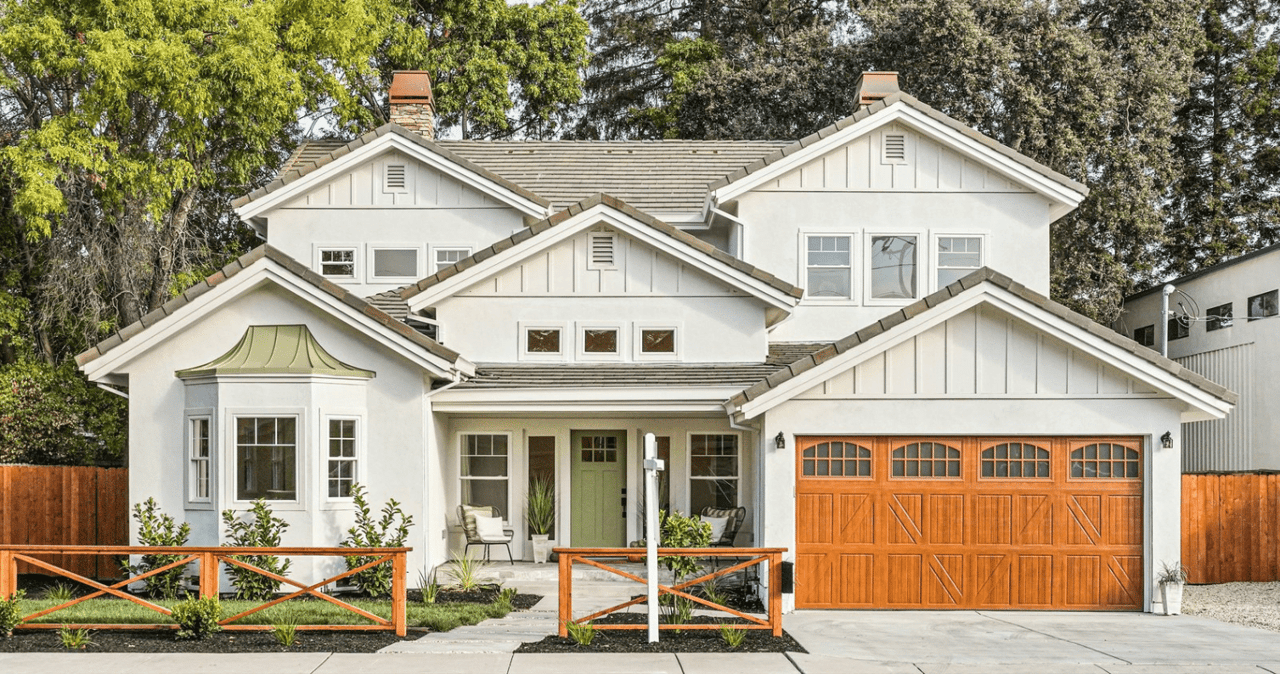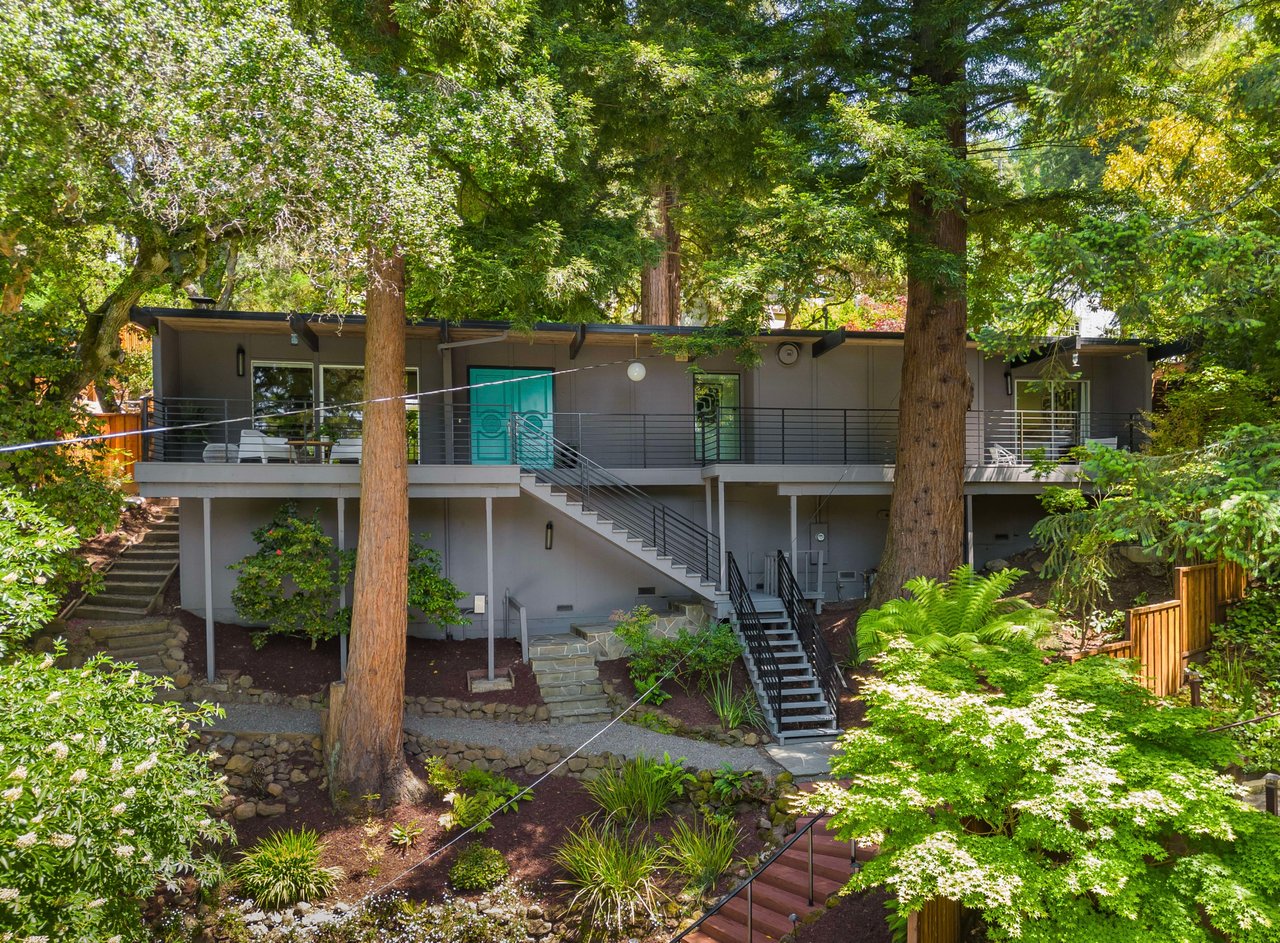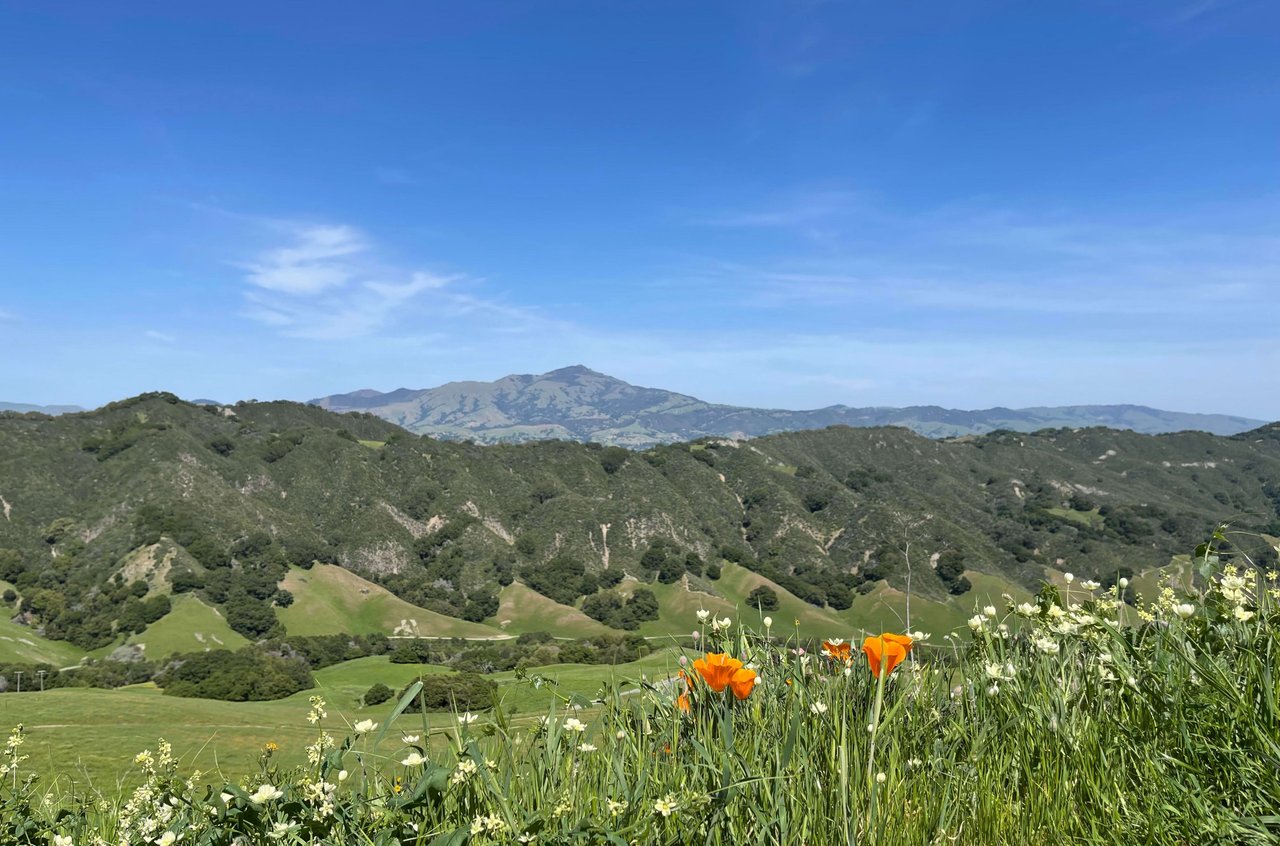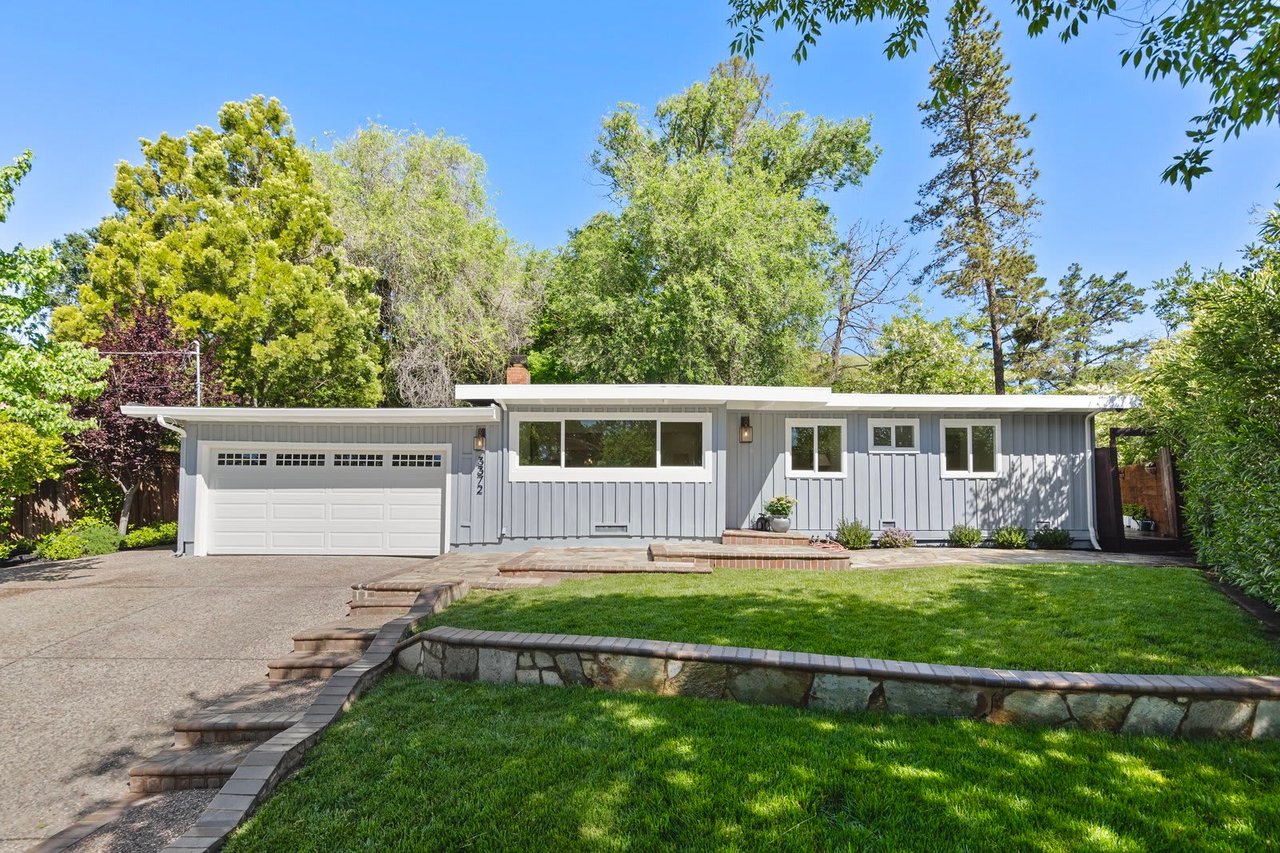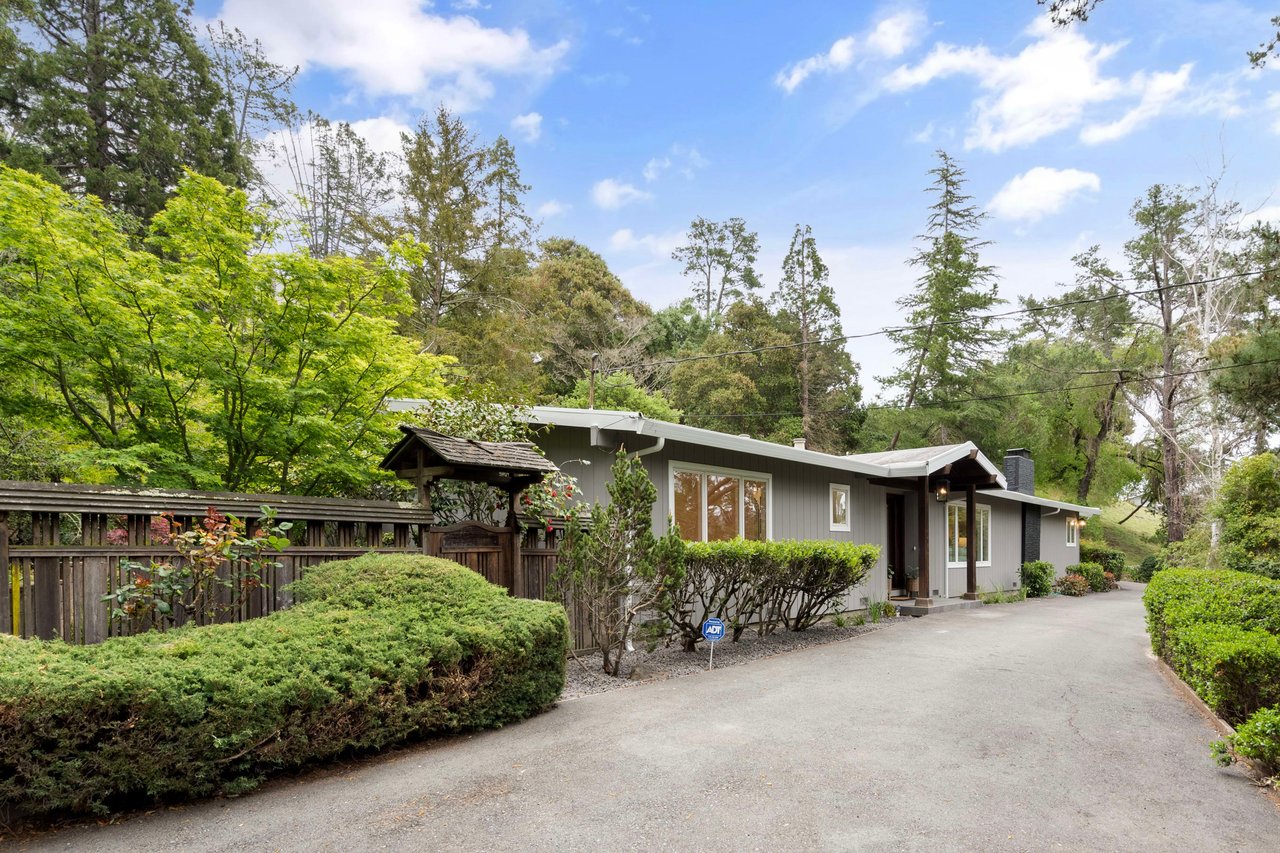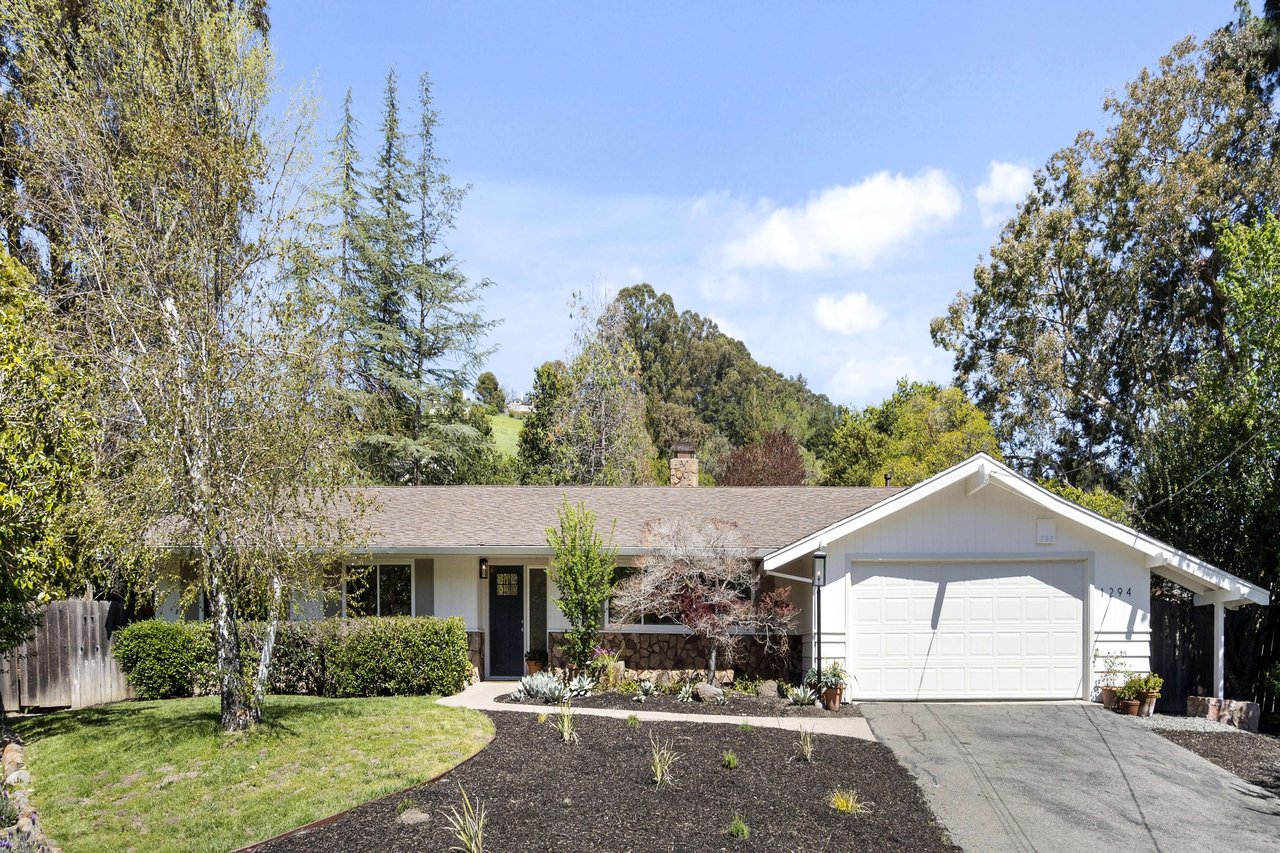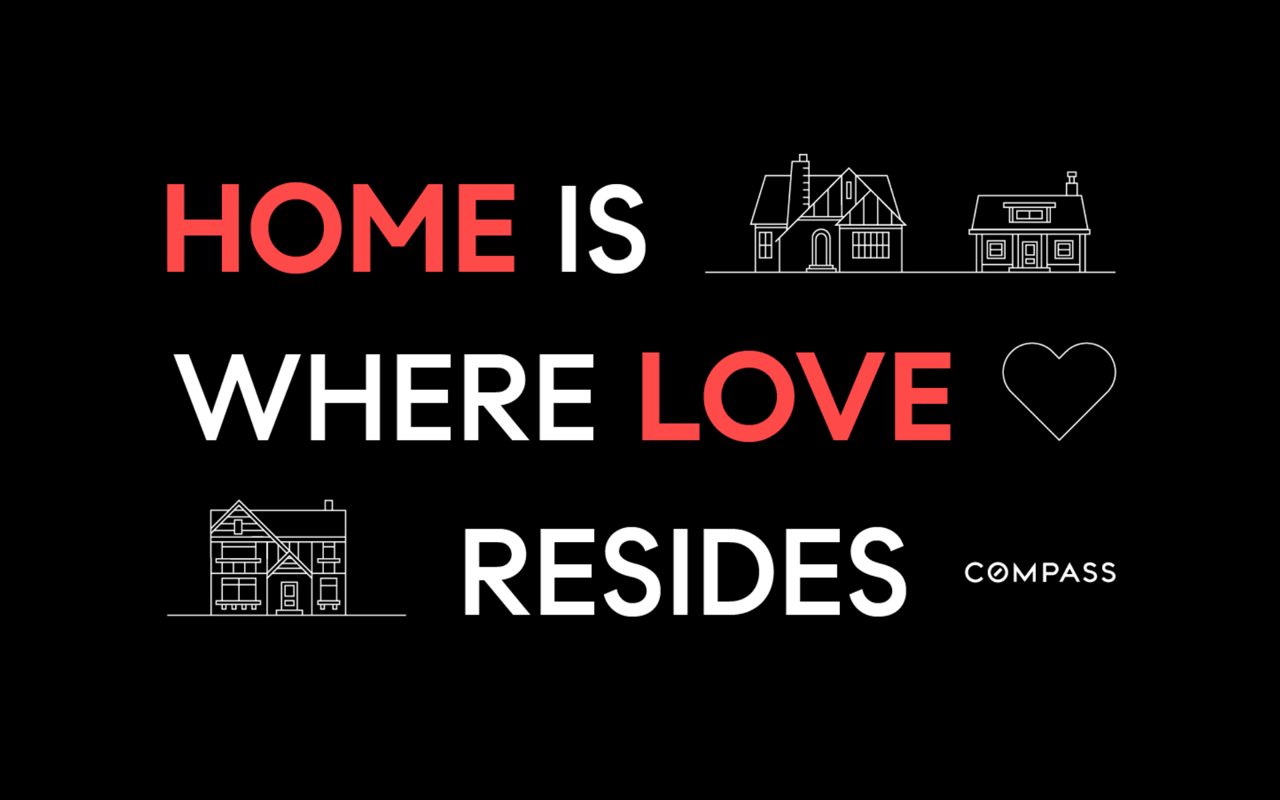As the housing market begins to soften slightly after a super hot 2021, flashbacks to the catastrophic market crash of 2008 inevitably surface. However, despite fearful “word on the street” that we’re in the next housing bubble, there’s solid evidence to suggest that the opposite is true.
Here are a few key differences between this market and the 2008 market that indicate we’re not likely headed for a housing price crash:
Supply vs. Demand: Back in 2008, there was an oversupply of housing. Today, there simply aren’t enough homes to keep up with buyer demand. Between record low inventory, first-time Millenial home buyers, Boomer downsizers, and people with more wealth looking for investment properties and second homes, we are experiencing a national housing shortage. To make matters more extreme, homebuilders have been on the sidelines since even before COVID supply disruptions made it so expensive to build. According to Freddie Mac, there is a shortage of about 3.8 million single-family homes.
Stricter Lending Requirements: Loans are not nearly as easy to get these days as they were back in 2006. Lenders are now requiring a minimum of 20% down on higher-end homes and credit standards are super tight. We are not by any means in a reckless borrowing situation like we were back then.
Stronger Financial Positions: Today’s homebuyers have a much better financial footing than those of the financial crises era when we had falling prices, over supply in certain areas, and loans that were not worth the paper they were written on. Getting a loan was about as difficult as getting a pizza. The appreciation in home values is plenty of protection from a property crash. Homes have had a strong and steady increase in value since 2013 and demand is still out acing supply by 4 or 5 buyers to every 1 home.
What about Lamorinda?
Lamorinda is a region in the East Bay comprising three cities - Lafayette, Moraga, and Orinda. The average home sale price in Lamorinda, including homes for sale in Lafayette and surrounding areas, overall increased by 18% in the first 8 months of 2021, the fastest growth on record.
The average home price in Lafayette is now $2,142,440, which is 11.3% higher than this time last year. Inventory of homes for sale is down - 7.2%. There are an average of 5 buyers for every home sold, further highlighting that demand outstrips supply. The competition this year made it difficult for buyers to get contingent offers accepted. Most successful offers waived all contingencies - loan, appraisal, and inspection, and it was next to impossible to get an offer accepted when contingent upon selling a buyer’s existing home. It seems that the only way to get a contingent offer accepted in 2021 was to overpay for an unpopular house.
The Orinda market is even hotter with prices increasing at record pace. The average home price has increased by 21.7% with the average home price now $2,270,980. Inventory is down a whopping - 43.1% year over year.
The Moraga market has also seen significant growth with the average price now at $1,918,128, up 19.7% year over year with inventory down - 21.7%.
Lamorinda clearly continues to be a strong seller’s market amidst record low levels of inventory, super low interest rates, and consistently strong buyer demand. While the hot market in 2021 is particularly competitive, this healthy yearly growth isn’t unusual for the area. Inventory in Lamorinda has always been in tight supply and high demand due to several factors, including top schools, proximity to the city, natural beauty, and a wonderful community. The Lamorinda market has also gained from the work-from-home shift with more and more buyers coming from Silicon Valley as companies allow employees to work from home 80% to 90% of the time and self-driving Tesla cars take the pain out of the commute.
While no market is completely immune to market fluctuations, the highly desirable Lamorinda community continues to be a good place for homeowners to enjoy increasing appreciation and home equity.


